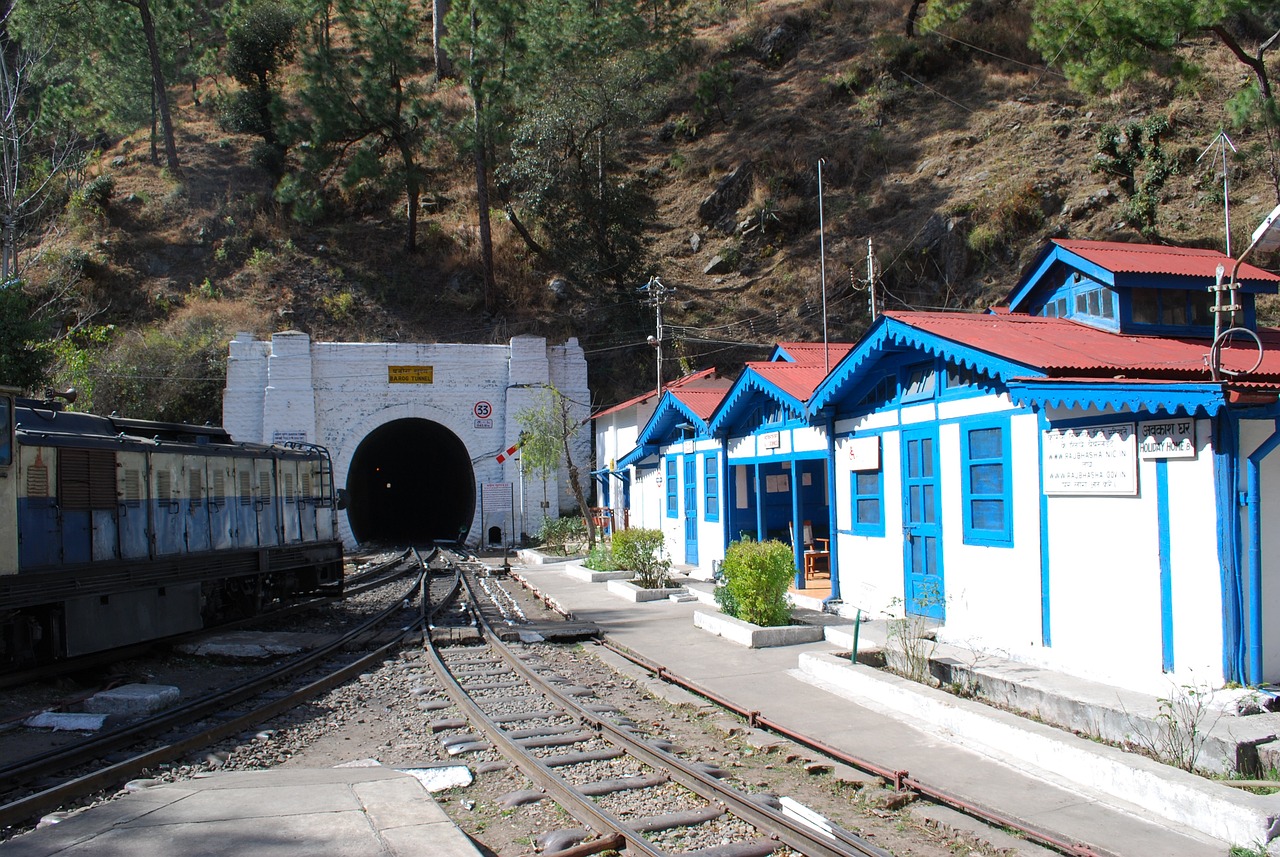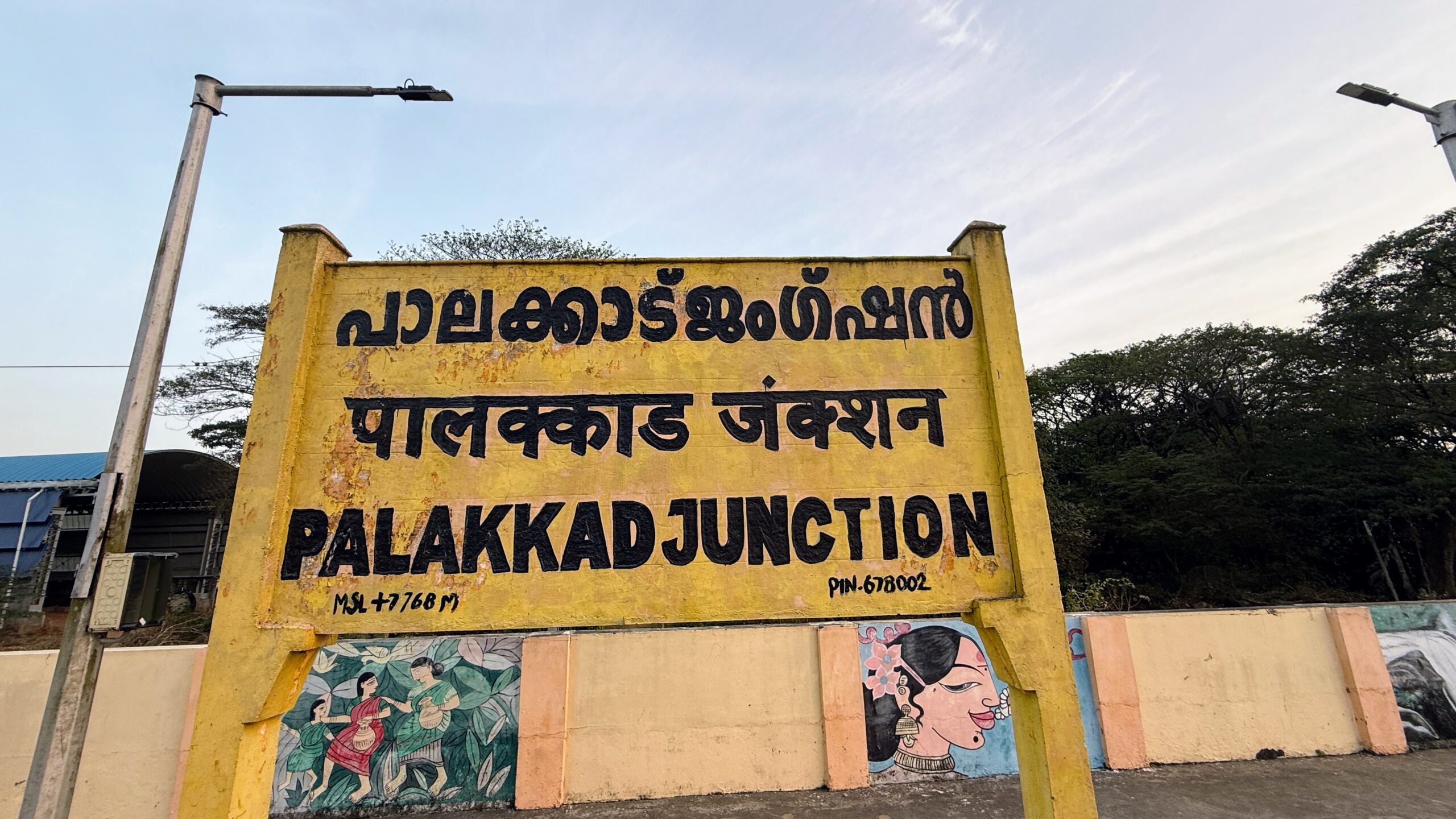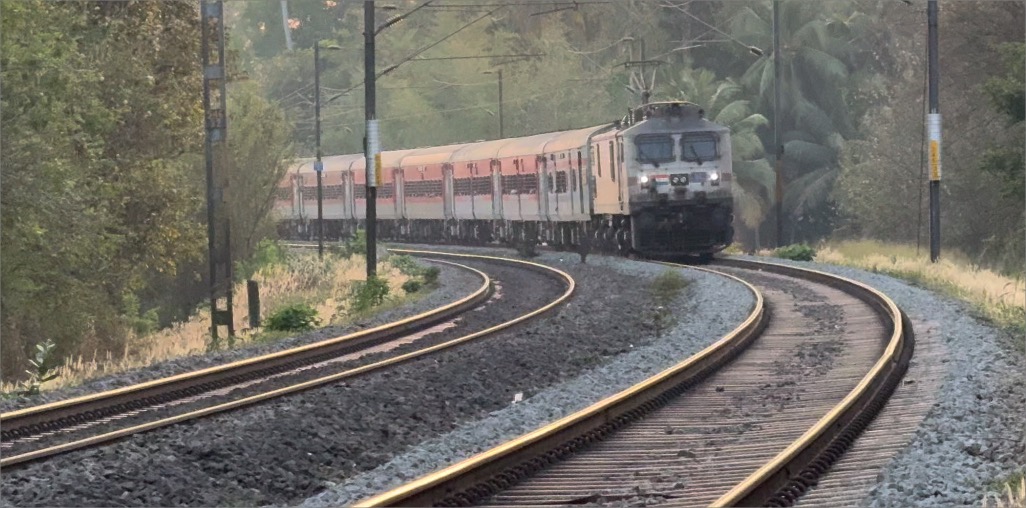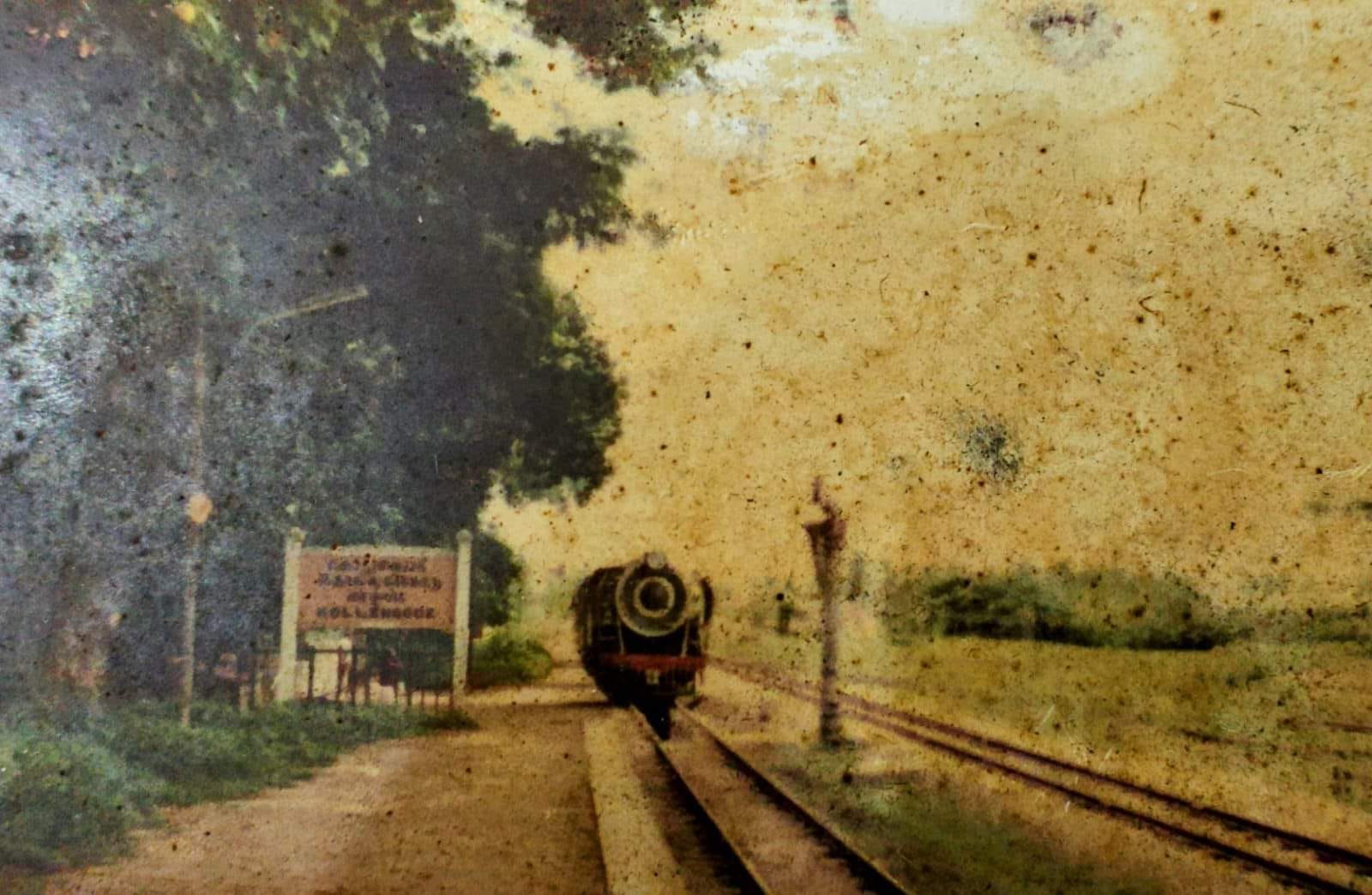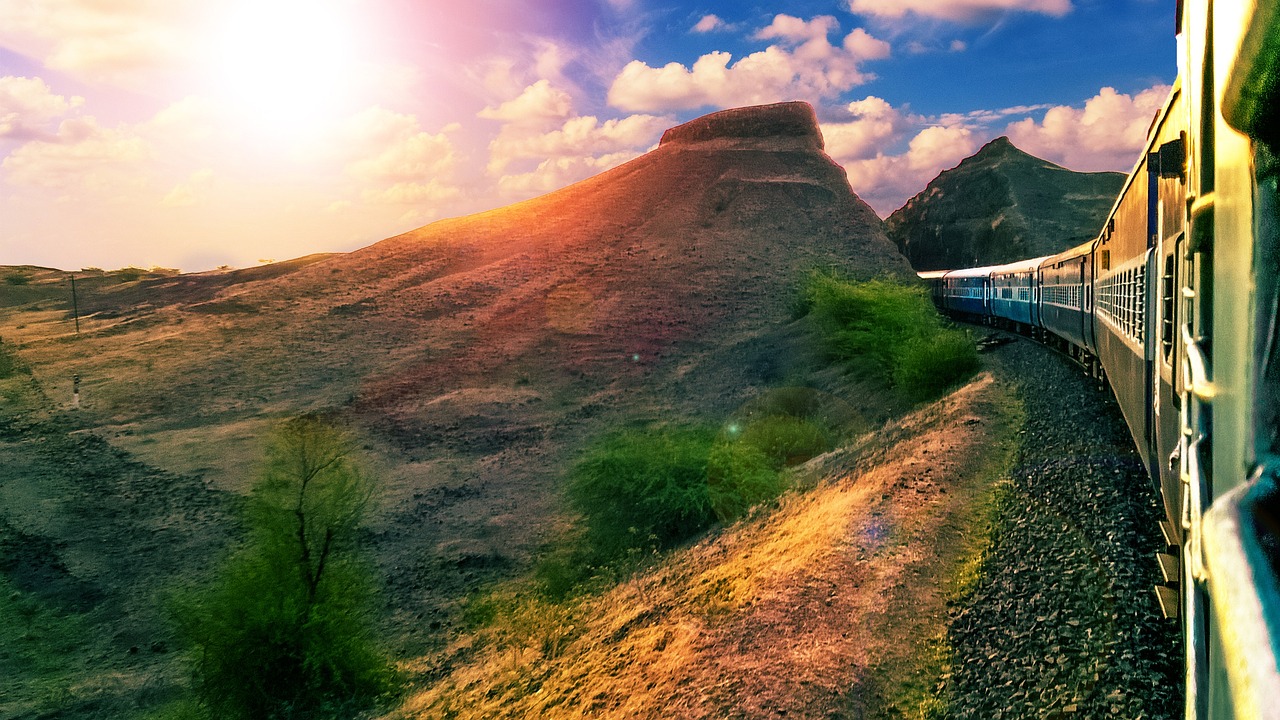The Indian Railways, often hailed as the ‘lifeline of the nation,’ is an integral part of India’s cultural and economic landscape. The network stretches over 67,368 kilometers, making it the fourth largest railway network in the world. It is a story of perseverance, evolution, and ingenuity, reflecting the heart and soul of the Indian populace.
The Birth of Indian Railways
The inception of Indian Railways dates back to 1853, during the British colonial era. On April 16 of that year, the first passenger train journey took place, a 34-kilometer trip from Bombay (now Mumbai) to Thane. This historic journey, hauled by three steam locomotives – the Sahib, Sindh, and Sultan – carried 400 passengers in 14 carriages, signifying a transformative era in India’s transportation history.
The railway network rapidly expanded under the East India Company and later the British Crown. By 1880, the railway network was about 14,500 kilometers, connecting the Imperial capital Calcutta (now Kolkata) with Bombay, Madras (now Chennai), and the far reaches of the then undivided Punjab.
Growth and Expansion in the 20th Century
By the time India gained its independence in 1947, the Indian Railways had grown to over 55,000 kilometers, cementing its role as the backbone of the country’s transport system. However, the network was a patchwork of rail lines operated by different administrations, both British and Princely States, each with its operating procedures and equipment.
Post-independence, the government of India embarked on a massive project of consolidating and nationalizing the railway network. In 1951, the government merged 42 different railway systems into six zonal railways.
This period also witnessed the transition from steam to diesel and electric locomotives, significantly increasing efficiency and speed. The last steam locomotive was commissioned in 1972, signaling the end of an era.
Indian Railways in the Modern Era
The turn of the 21st century marked a new chapter in the history of Indian Railways. The advent of technology and an increased focus on customer service redefined the way Indian Railways operated.
In 2002, Indian Railways introduced online ticket booking, bringing in a much-needed digital revolution. With the creation of the Railways’ arm – Indian Railway Catering and Tourism Corporation (IRCTC), passengers could now book their journey from the comfort of their homes. This marked a significant leap in enhancing passenger convenience.
The year 2006 witnessed the launch of the ultra-luxurious ‘Maharajas’ Express’, offering a royal exploration of India’s heritage sites, reminiscent of the grandeur of princely rail travel.
Furthermore, safety has been a recurring theme in the evolution of Indian Railways. The introduction of the Train Protection and Warning System (TPWS), and later the European Train Control System (ETCS), have significantly reduced the risk of accidents.
Into the Future
As we look towards the future, Indian Railways continues to be an ever-evolving entity. The recent unveiling of the Vande Bharat Express, India’s fastest train, and the ongoing work on the country’s first high-speed rail line, the Mumbai-Ahmedabad bullet train project, are testaments to this ceaseless evolution.
Sustainability is another pivotal focus, with the commitment to becoming a net-zero carbon emitter by 2030 and the ongoing project of electrifying the entire railway network.
From the first puff of steam in 1853 to the modern, high-speed electric locomotives, Indian Railways has come a long way.
Hey there! 😊 We run a small YouTube channel for Roads & Rails, and we'd love your support! Now the channel features daily Rail fanning videos.. Please Hit that subscribe button to help us stay inspired and create even more exciting content. Got questions, feedback, or ideas for collaboration? We’d love to hear from you! Drop us a message at mail@roadsandrails.org. Thanks for being part of our journey!



